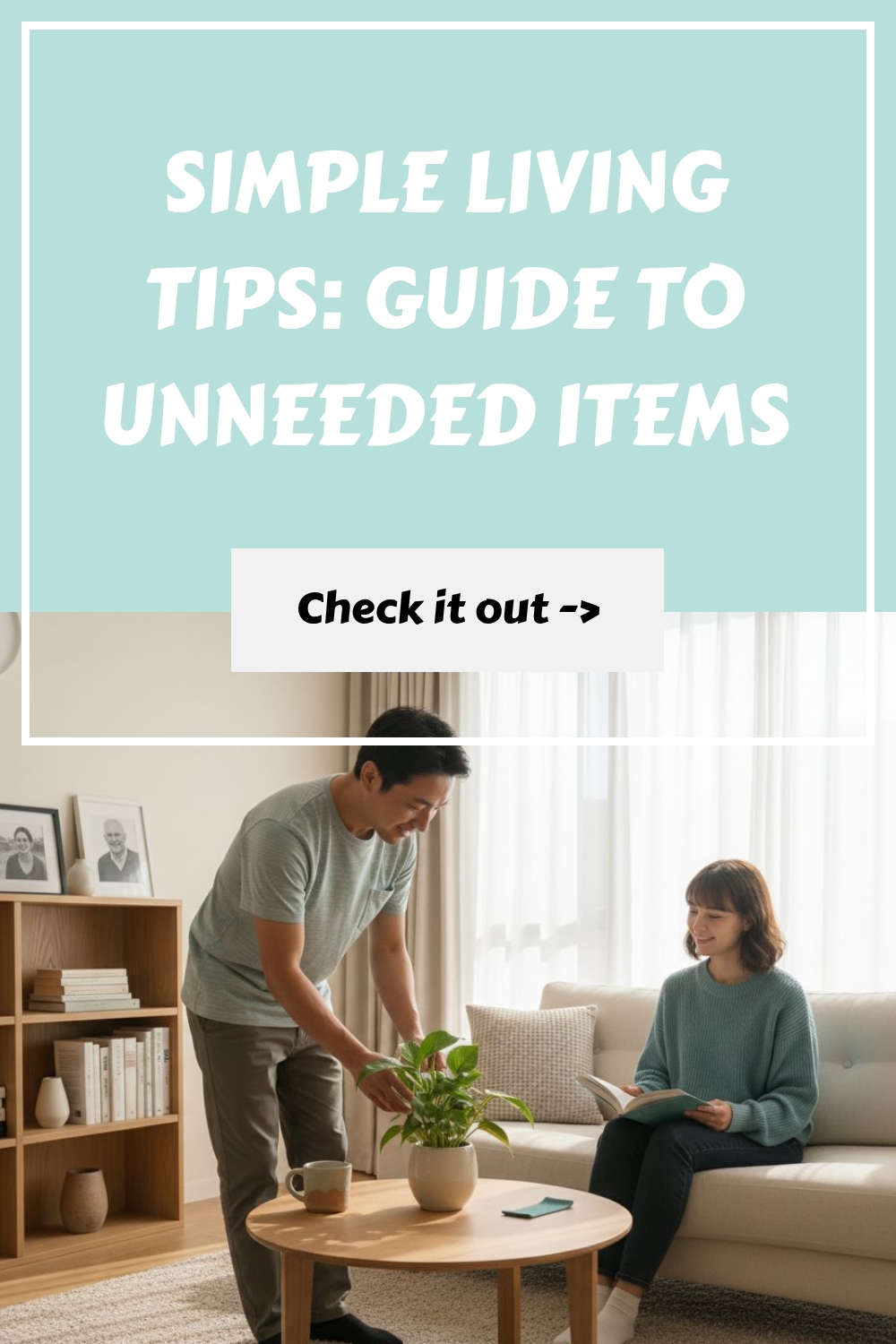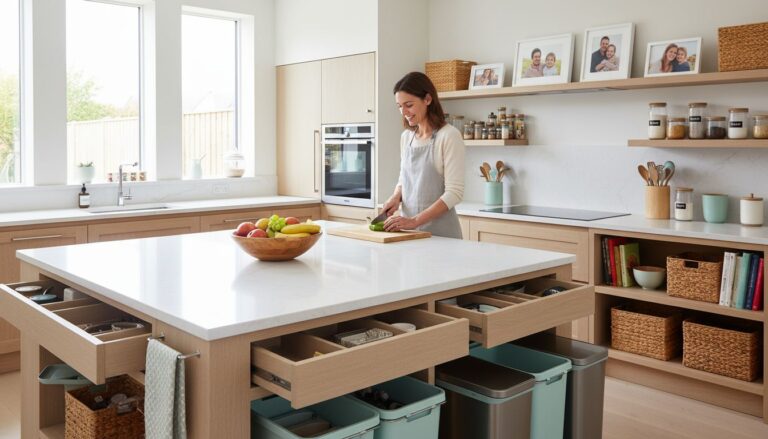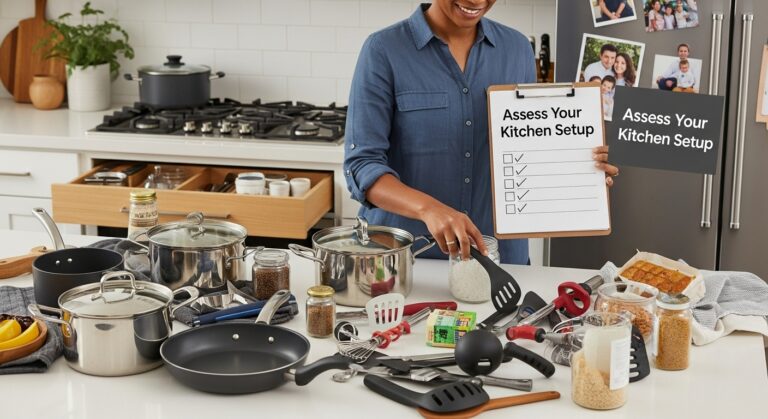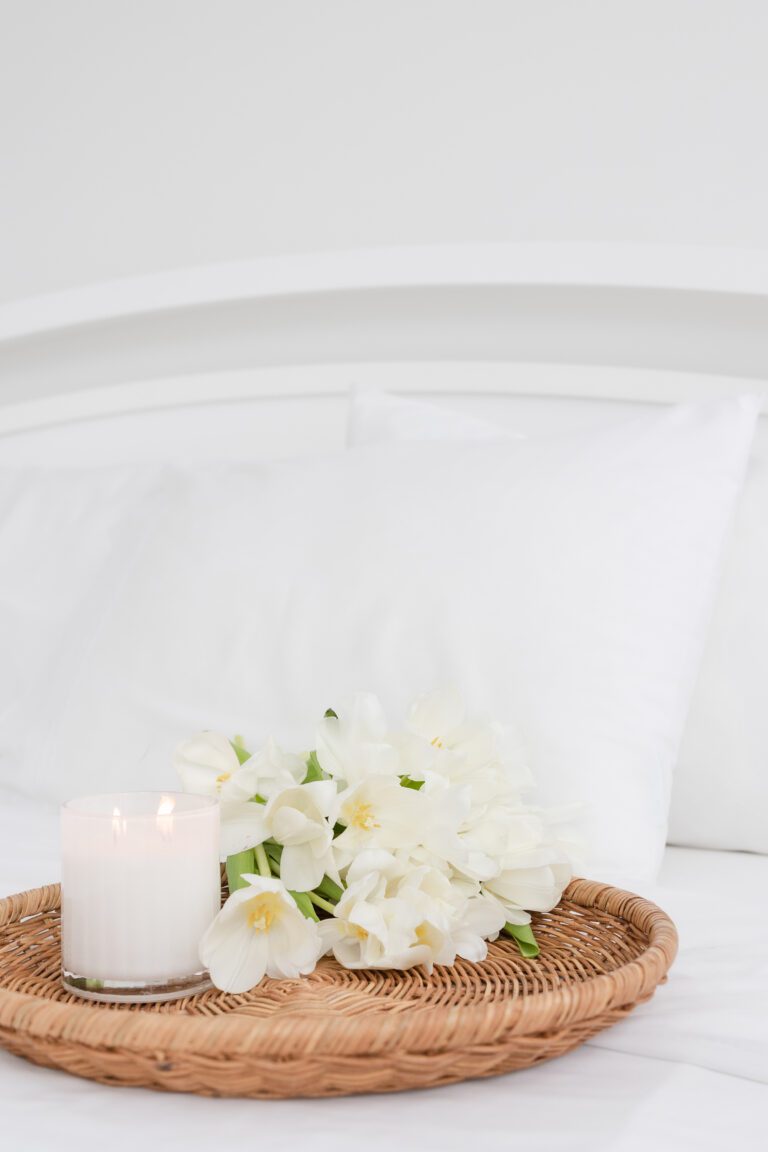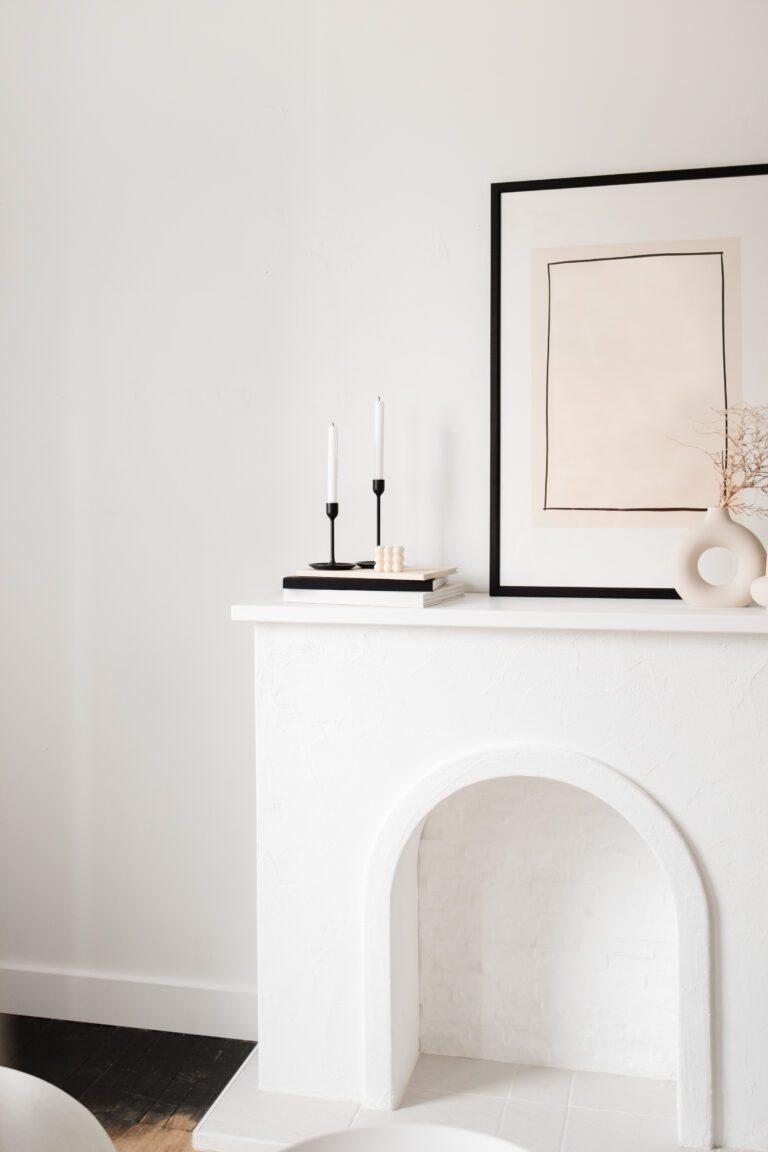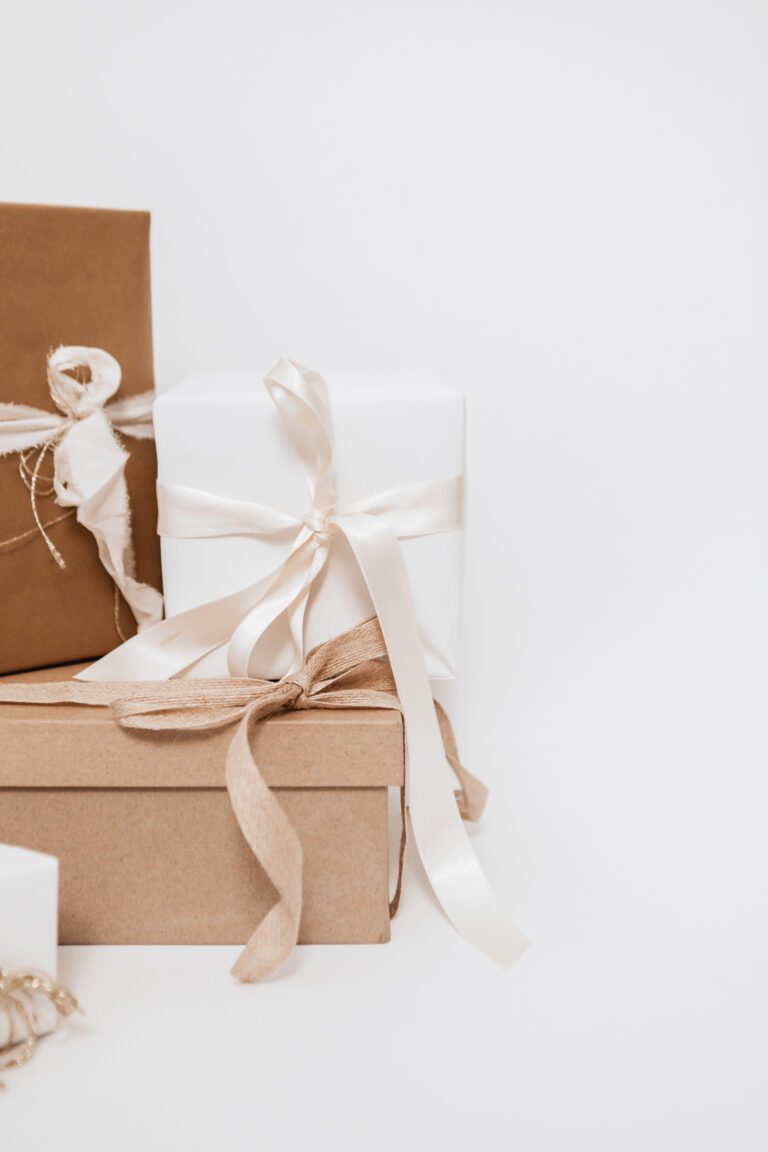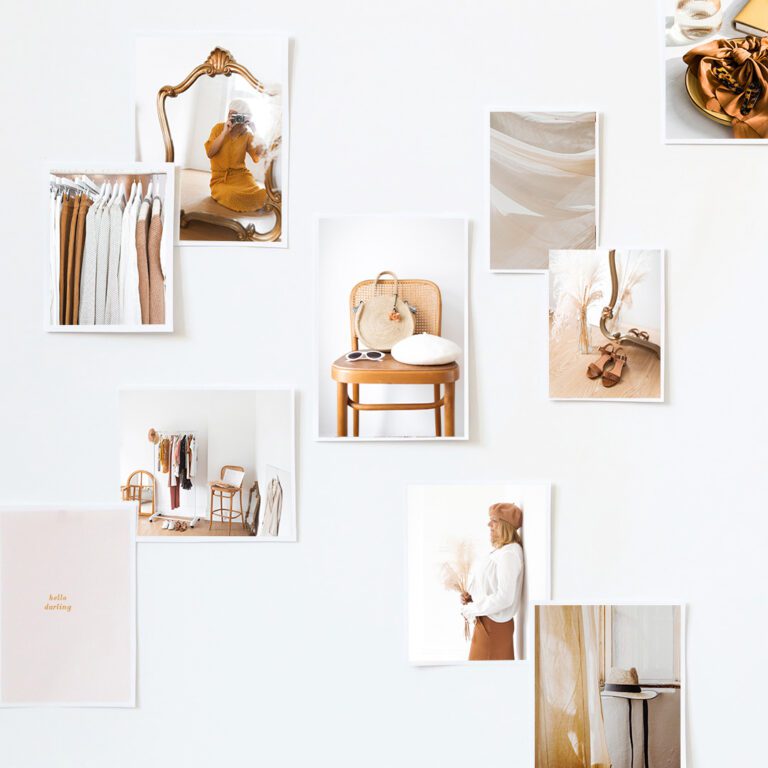Simple Living Tips: Guide to Unneeded Items
Over 60 percent of people admit they feel stressed by the amount of stuff in their homes. Clutter is more than a mess— it drains energy, creates anxiety, and makes it harder to focus on what really matters. Simple living and mindful decluttering promise relief by helping you cut through the noise and reclaim your space. If you crave a calmer home and more meaningful days, understanding these principles can be the first step toward lasting change.
Table of Contents
- Defining Simple Living And Decluttering
- Identifying Items That Add Clutter
- Categories Of Unnecessary Household Items
- Benefits Of Removing Excess Possessions
- Common Decluttering Mistakes To Avoid
- How To Sustain A Simple, Clutter-Free Home
Key Takeaways
| Point | Details |
|---|---|
| Embrace Simple Living | Adopt a lifestyle that intentionally reduces possessions and complexity to align your environment with your values. |
| Systematic Decluttering | Identify and remove items that no longer serve a purpose, including duplicates and emotional burdens, to create meaningful space. |
| Psychological and Financial Benefits | Decluttering leads to improved mental clarity, reduced anxiety, and better financial awareness by minimizing excess possessions. |
| Sustainable Habits | Maintain a clutter-free environment through consistent daily habits and regular reassessment of your belongings. |
Defining Simple Living and Decluttering
Simple living is more than just tidying up – it’s a transformative lifestyle philosophy about intentionally reducing unnecessary possessions and complexity in your life. According to Wikipedia, simple living involves practices that promote minimalism by reducing possessions, minimizing technological reliance, and spending less money. It’s fundamentally about aligning your physical environment with your core values.
Decluttering is the practical process of removing excess items and creating more intentional living spaces. Popularized by experts like Marie Kondo, this approach goes beyond just organizing. Wikipedia highlights how the KonMari method emphasizes keeping only items that “spark joy,” which has gained massive popularity through her Netflix series and demonstrates the profound psychological benefits of organized living spaces.
At its core, simple living and decluttering aren’t about creating sterile, empty environments. They’re about creating space – both physical and mental – for what truly matters. By intentionally curating your possessions, you make room for experiences, relationships, and personal growth. This might mean:
- Reducing duplicate items
- Eliminating things that no longer serve a purpose
- Focusing on quality over quantity
- Creating systems that support your lifestyle
Whether you’re looking to understand minimalist living or just want a more peaceful home environment, the journey starts with recognizing that less really can be more.
Identifying Items That Add Clutter
Clutter isn’t just about having too many things – it’s about keeping items that drain your energy and space without providing real value. The Minimalists, Joshua Fields Millburn and Ryan Nicodemus, advocate for a minimalist lifestyle that focuses on intentionally removing unnecessary possessions that contribute to mental and physical chaos.
Identifying clutter requires a strategic approach. According to FlyLady, recognizing clutter is about understanding which items no longer serve a purpose in your life. This means looking beyond just physical space and considering the emotional weight each possession carries. Some key indicators of items that add clutter include:
- Things you haven’t used in the past year
- Duplicates of items you already own
- Gifts you feel obligated to keep but don’t genuinely love
- Clothes that don’t fit or make you feel confident
- Paperwork and documents you can digitize
- Broken items you’ve been meaning to repair
- Hobby supplies from abandoned projects
To make your decluttering journey more systematic, learn the key questions to ask when making tough decisions. Remember, the goal isn’t to create an empty space, but a meaningful one that supports your current lifestyle and aspirations. By thoughtfully curating your possessions, you create room for what truly matters.
Categories of Unnecessary Household Items
Understanding the types of unnecessary items in your home is crucial for effective decluttering. Marie Kondo’s KonMari method provides a systematic approach by categorizing household items into five key groups: clothing, books, papers, komono (miscellaneous items), and sentimental items. This framework helps individuals thoughtfully evaluate and reduce their possessions.
Household clutter can be broken down into several strategic categories that make the decluttering process more manageable. FlyLady emphasizes that clutter isn’t just about physical objects, but also about managing daily routines and creating systems that prevent unnecessary accumulation. Here are the primary categories of items that often contribute to household clutter:

-
Clothing Clutter
- Ill-fitting garments
- Outdated styles
- Clothes with irreparable damage
- Impulse purchases never worn
-
Paper and Document Clutter
- Old magazines and newspapers
- Outdated bills and statements
- Duplicate documents
- Unnecessary receipts
-
Kitchen and Pantry Clutter
- Expired food items
- Duplicate kitchen tools
- Unused small appliances
- Mismatched containers without lids
-
Emotional Clutter
- Gifts you feel obligated to keep
- Inherited items with no personal significance
- Memorabilia from past phases of life
If you’re ready to tackle your home’s unnecessary items, check out our comprehensive guide on 100 things you can declutter right now. Remember, decluttering isn’t about getting rid of everything – it’s about creating space for what truly matters in your life.
Benefits of Removing Excess Possessions
Simple living isn’t just about getting rid of things – it’s about creating space for what truly matters. According to research, adherents report significant improvements in life quality, including increased time with family and friends, better work-life balance, and enhanced financial sustainability. By intentionally reducing unnecessary possessions, you’re not just cleaning up – you’re redesigning your life’s landscape.
Psychological transformation is perhaps the most profound benefit of decluttering. Marie Kondo’s research highlights how organized living spaces can dramatically impact mental well-being, leading to clearer thought processes, increased confidence, and substantially reduced stress. When you remove excess, you’re not just organizing physical space – you’re creating mental breathing room.
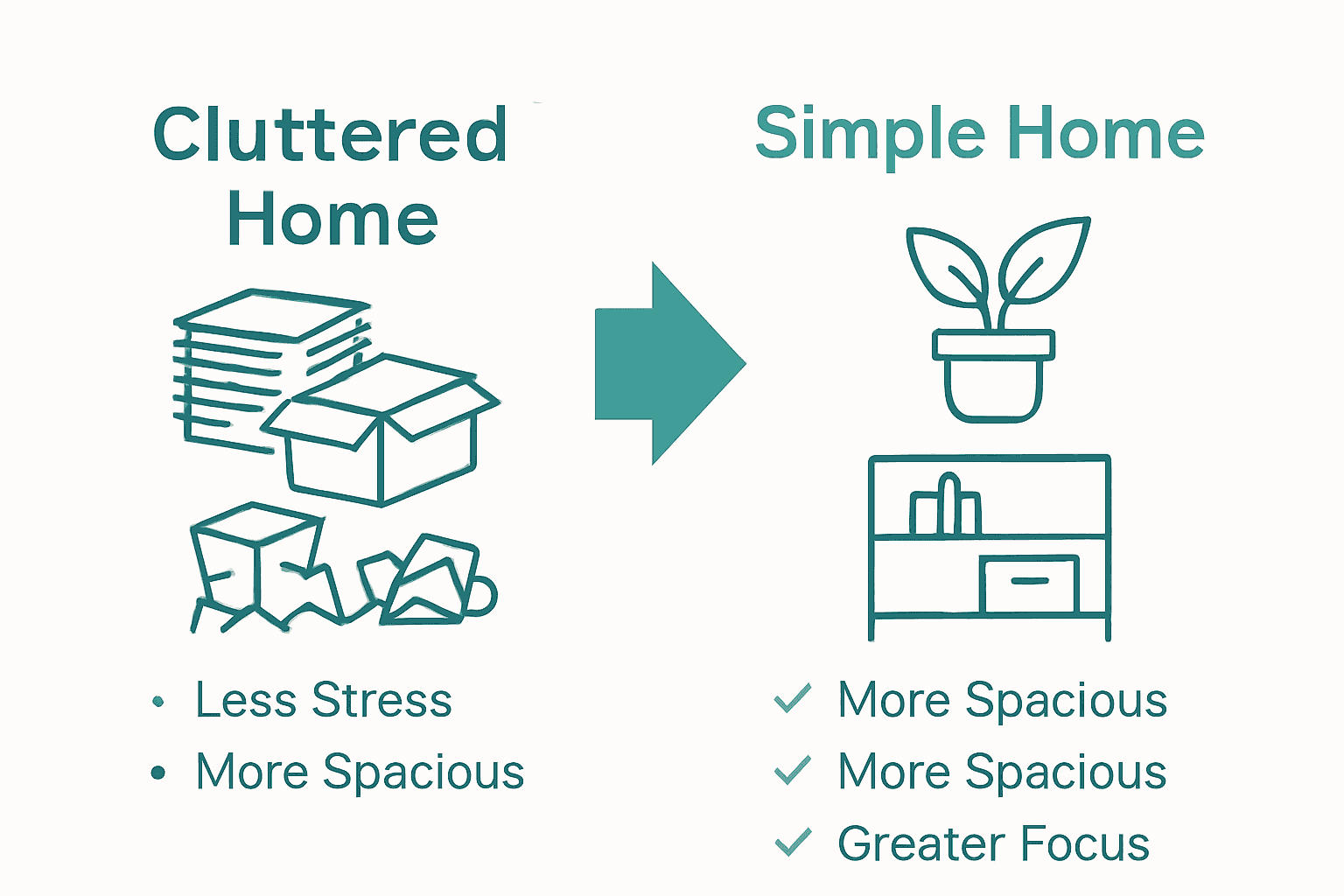
The benefits of removing excess possessions extend far beyond tidiness:
-
Emotional Liberation
- Reduced anxiety about managing stuff
- Greater sense of personal control
- Freedom from material attachment
-
Financial Advantages
- Less money spent on storage
- Reduced impulse purchasing
- Clearer understanding of actual needs
-
Mental Clarity
- Improved focus
- Enhanced decision-making skills
- More energy for meaningful activities
If you’re struggling with letting go, understand why decluttering matters naturally, and remember: every item you release is an opportunity to breathe easier, think clearer, and live more intentionally.
Common Decluttering Mistakes to Avoid
Tidying Up with Marie Kondo reveals that most people sabotage their decluttering efforts before they even begin. One of the most significant mistakes is attempting to organize without a clear plan, which leads to frustration and ineffective results. The key is understanding that decluttering isn’t about creating perfect spaces, but about intentionally curating your environment.
Emotional attachment can derail your decluttering journey. FlyLady emphasizes that many people get stuck keeping items out of guilt, obligation, or the belief they might need them someday. This mindset creates clutter paralysis – where you’re surrounded by things you don’t use but can’t seem to release. The truth? Most items you’re holding onto ‘just in case’ will never serve a meaningful purpose in your life.
Here are the most common decluttering mistakes that prevent real progress:
-
Planning Pitfalls
- Trying to declutter everything at once
- Not having a systematic approach
- Lacking clear decision-making criteria
-
Emotional Roadblocks
- Keeping items out of guilt
- Holding onto gifts you don’t love
- Saving things for a hypothetical future self
-
Organizational Errors
- Buying storage solutions before decluttering
- Reorganizing without first eliminating
- Creating more complex systems instead of simplifying
If you find yourself struggling with letting go, learn how to manage declutter remorse and remember: your space should serve you, not stress you out. Every item you release is a step towards a more intentional, peaceful life.
How to Sustain a Simple, Clutter-Free Home
FlyLady’s methodology reveals that maintaining a clutter-free home isn’t about perfection, but about developing sustainable daily routines. The secret is breaking down overwhelming tasks into manageable ‘baby steps’ that gradually transform your living space and habits. Consistency trumps intensity every single time – small, regular actions create lasting change.
Mindful possession management is crucial for long-term simplicity. The Minimalists advocate for ongoing reassessment of your belongings, ensuring that everything in your space genuinely serves a purpose. This means periodically reviewing your items and asking tough questions about their current value in your life. It’s not a one-time event, but a continuous practice of intentional living.
Here are practical strategies to maintain a clutter-free environment:
-
Daily Maintenance Habits
- 10-minute evening tidying sessions
- One-in, one-out possession rule
- Immediate sorting of incoming mail
- Making your bed every morning
-
Regular Decluttering Routines
- Quarterly comprehensive review
- Seasonal wardrobe assessments
- Digital decluttering
- Donation box always ready
-
Mindset Shifts
- Prioritize experiences over possessions
- Practice gratitude for what you own
- Recognize the difference between wants and needs
To stay motivated and prevent clutter from creeping back, explore our guide on preventing home clutter and remember: a clutter-free home is a continuous journey, not a destination.
Discover Peace Through Decluttering and Simple Living
Do you feel overwhelmed by those unneeded items taking up space and energy in your home? This article on simple living tips reveals how identifying and letting go of clutter can transform your environment and mindset. If you are ready to embrace a calmer, more intentional lifestyle the challenge is to take the first step now. Imagine reclaiming your space and peace one item at a time—this is your moment to make that change.
Explore practical strategies and daily habits for lasting order in the Organization Archives where you will find tools tailored to simplify your home. For expert cleaning tips that complement decluttering visit our Cleaning Archives . Dive deeper into solutions that empower your journey at Simple Neat Home. Start today so you can enjoy a home that truly supports your life and well-being.
Frequently Asked Questions
What is simple living?
Simple living is a lifestyle philosophy that focuses on intentionally reducing unnecessary possessions and complexity in life to align your physical environment with your core values.
How can I identify items that add clutter to my home?
You can identify clutter by recognizing items you haven’t used in the past year, duplicates, emotional baggage from unneeded gifts, and items that no longer serve a purpose in your life.
What are some common categories of unnecessary household items?
Common categories of unnecessary household items include clothing clutter (like ill-fitting or outdated garments), paper clutter (such as old documents and receipts), kitchen clutter (expired food and duplicate tools), and emotional clutter (items kept out of obligation).
What are the benefits of decluttering?
Decluttering can lead to emotional liberation, financial advantages like reduced spending and clearer understanding of needs, and enhanced mental clarity by improving focus and decision-making skills.
Recommended
- 10 Things I’ve Stopped Buying Since Going Minimalist
- 100 Things to Declutter Right Now | Simple Neat Home
- The 20/20 Rule of Decluttering | Simple Neat Home
- 15 Things You Can Declutter From Your Bathroom TODAY

